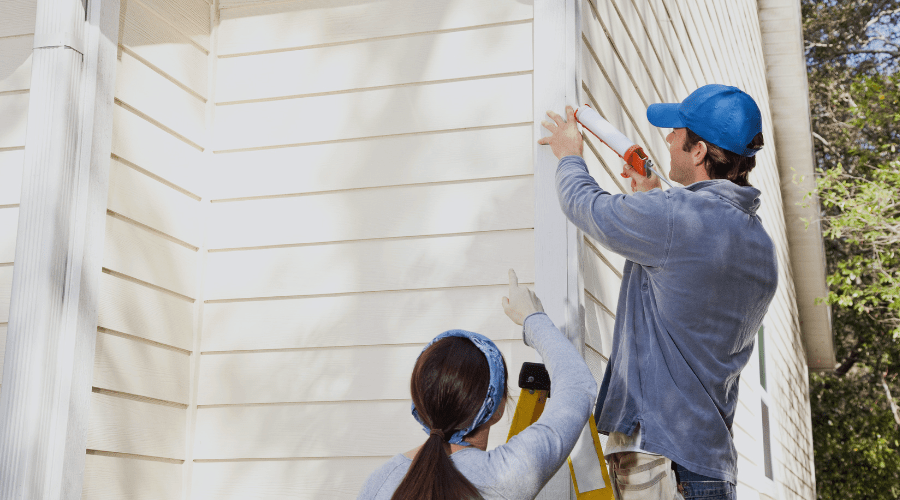Carpenter Ants
"*" indicates required fields
Carpenter Ants
Treatments for this pest are included in these services:
Carpenter ants are a serious pest problem; if neglected, they can cause expensive damage to your home and potentially render a structure unsafe. A trained pest management professional is crucial to resolving your carpenter ant problem.
Carpenter Ant Habits
Initial carpenter ant colonies begin with one queen, and the colonies grow gradually — a colony of a few hundred workers can often take years to come about. However, as the colony grows and exceeds the limits of the original nesting site, workers will go forth and seek out new nesting sites. Often these sites include residential homes. The “parent” colony and the “satellite” colony will establish communication and travel between the two, and, because the parent colony is already developed, damage to houses can take place quickly and is not limited to moist or rotting wood.
To travel from one site to the next, carpenter ants will establish trails. These trails will usually follow a pathway of least resistance, and are most active at night. Parent colonies are often established in tree stumps, rotting or chopped down trees, homes, sheds, and even in commercial buildings.
Carpenter ants will also utilize a regular network of trails within the home that they infest. Water pipes and electrical lines are two oft-utilized areas for these trails, as their proximity to wall studs and floor joists offer access into various areas of the structure. Water pipes may also yield areas for softer wood to be excavated.
Damage Caused by Carpenter Ants
The presence of carpenter ants (especially if just a few) within a home is not necessarily a sure sign that they have infested; ants may enter homes when foraging, or a reproductive queen may randomly show up in the spring as she looks for a new place to start a colony. However, it is a good idea to call a professional and schedule an inspection if you have concerns.
Carpenter ants are one of the most structurally damaging pests in the United States. They can hollow out structural beams, infest woodpiles, decorative bark in gardens, and erode the structural integrity of the home. One sure sign of carpenter ant damage is the presence of sawdust, or frass, which is created as a byproduct of wood excavation. Sometimes you may also hear the ants in the walls, excavating wood for their nests.
Biology of Carpenter Ants
Carpenter ants are larger in size than most ants in the United States (queens can range from 16-18 millimeters long, while workers range from 6-13 millimeters long). While many carpenter ants are black in appearance, they can also be red or brown in color. Carpenter ants can be highly destructive to structures and other areas, like woodpiles, furniture, or sheds.
Carpenter ants do not eat wood; rather, they excavate wood from existing items or structures to expand upon their own nests. With proper conditions and a high enough number of ants, they can render a home or building structurally unsafe. Carpenter ants prefer decaying or moist wood because of the ease of excavation, but remain skilled at excavating even the toughest of wood features.
Typical carpenter ant colonies will consist of 10,000 to 50,000 workers; large colonies can even exceed 100,000 workers.



